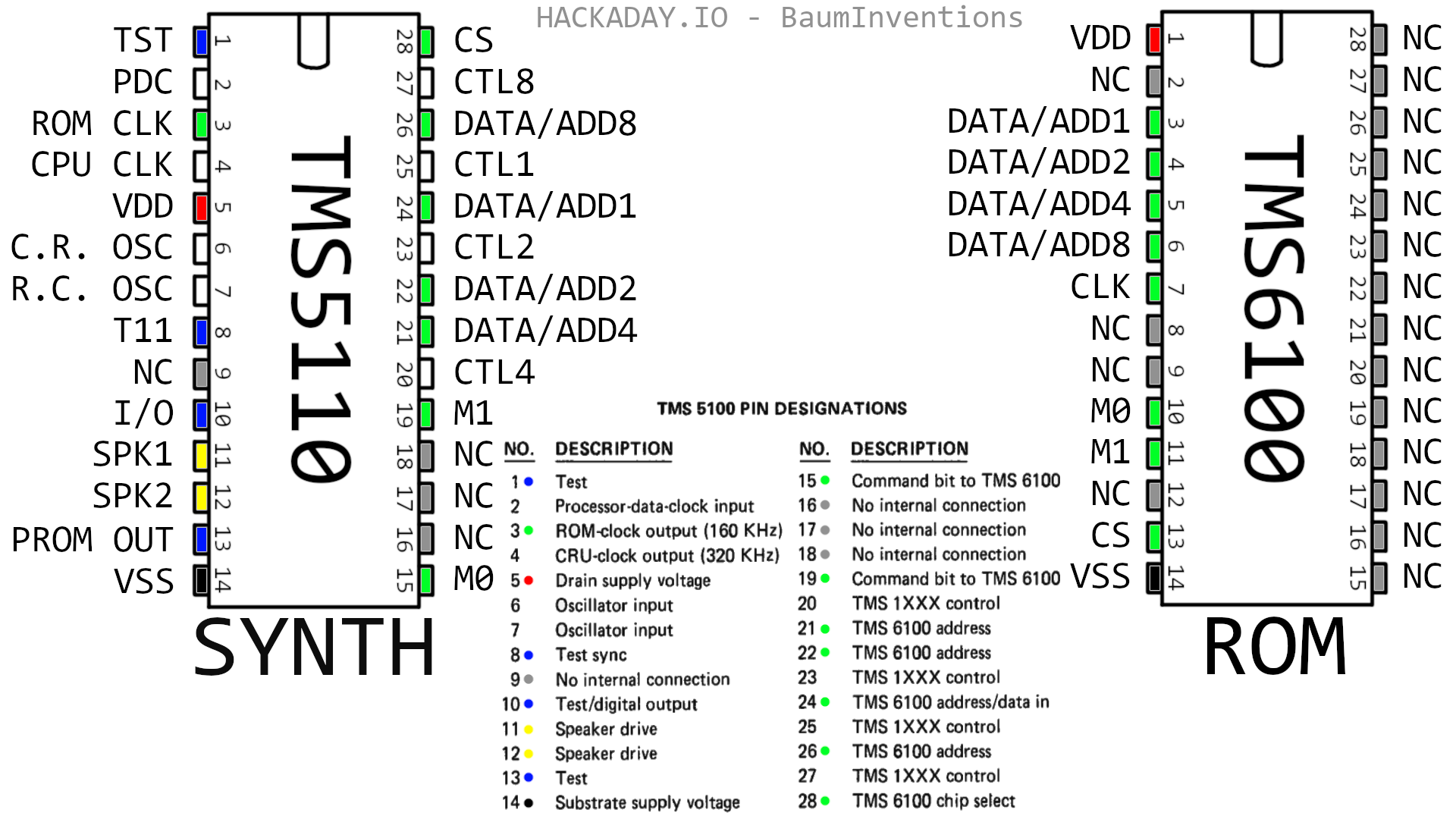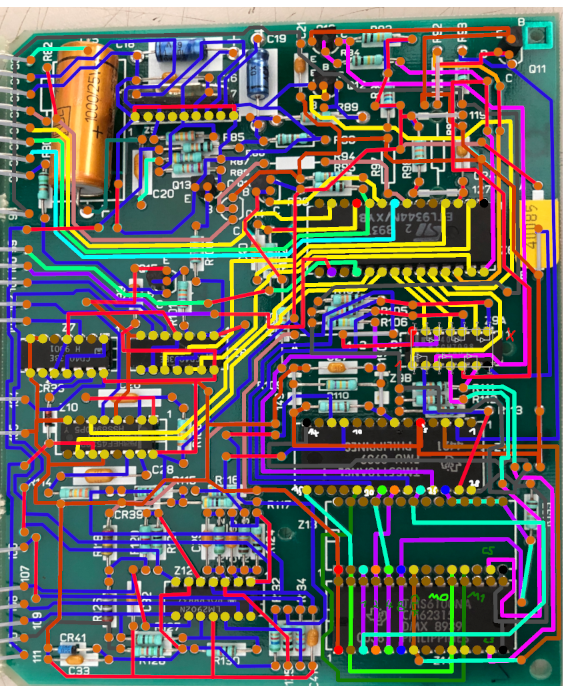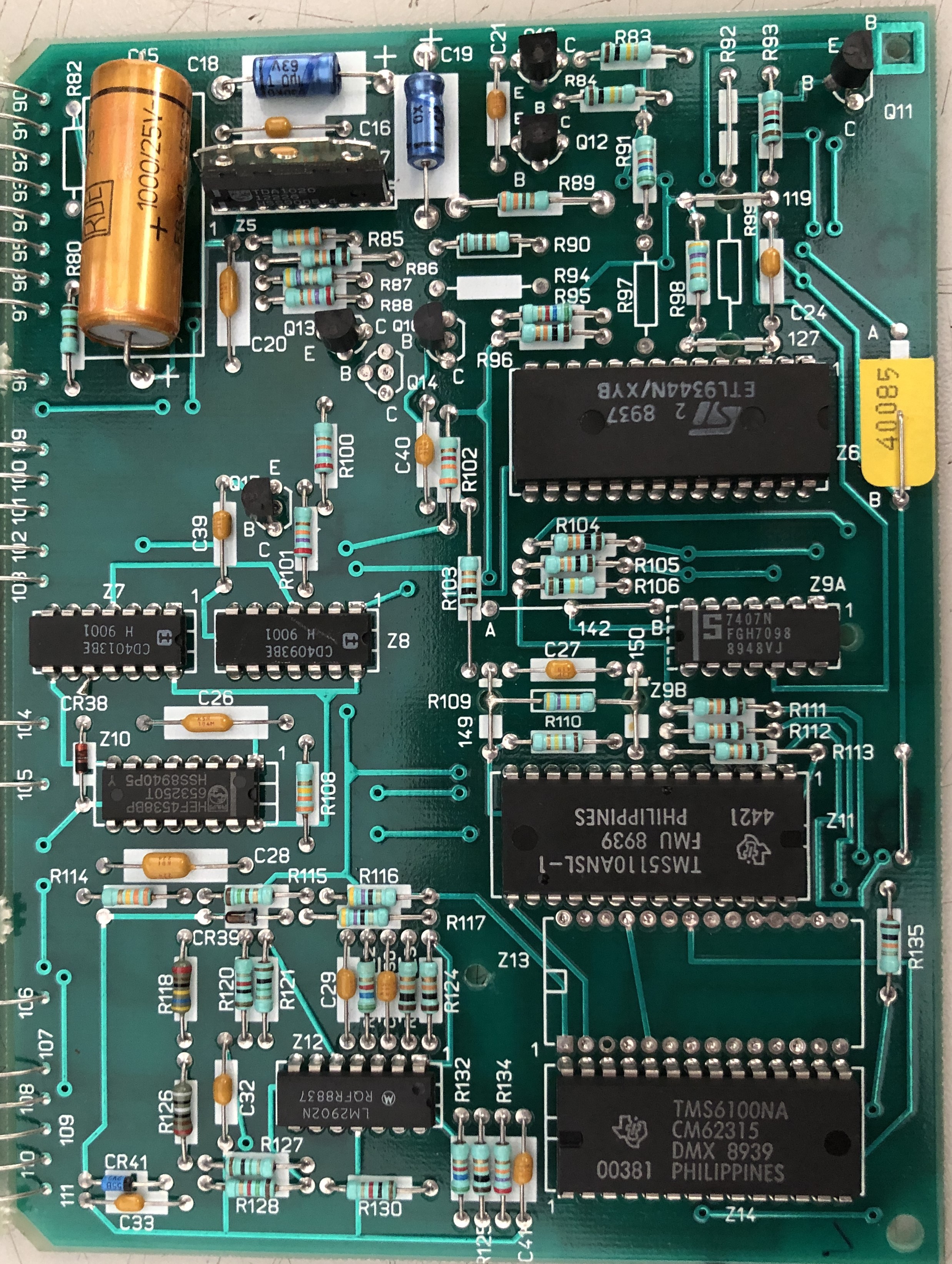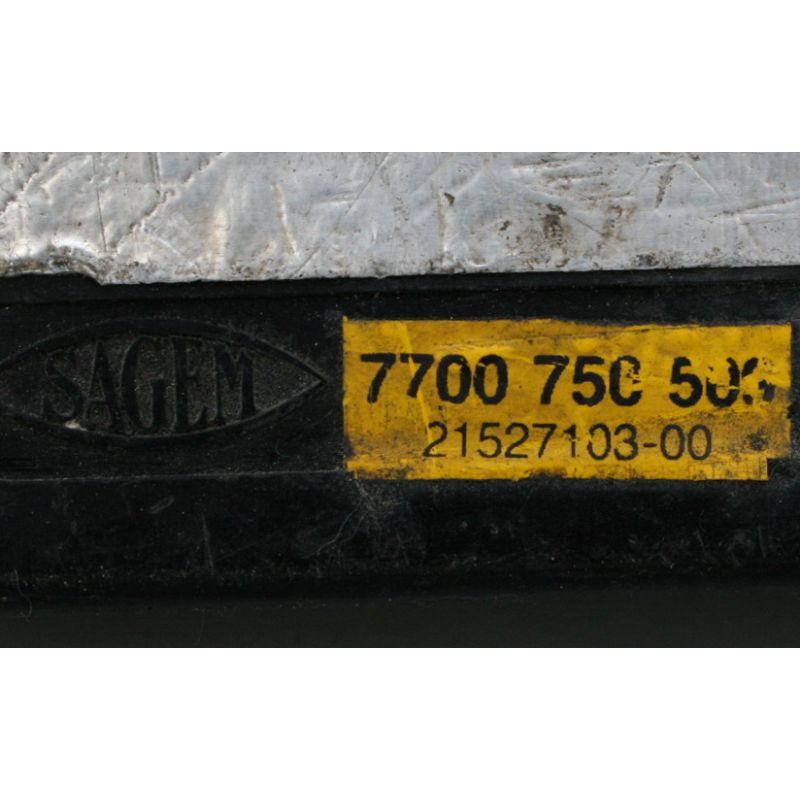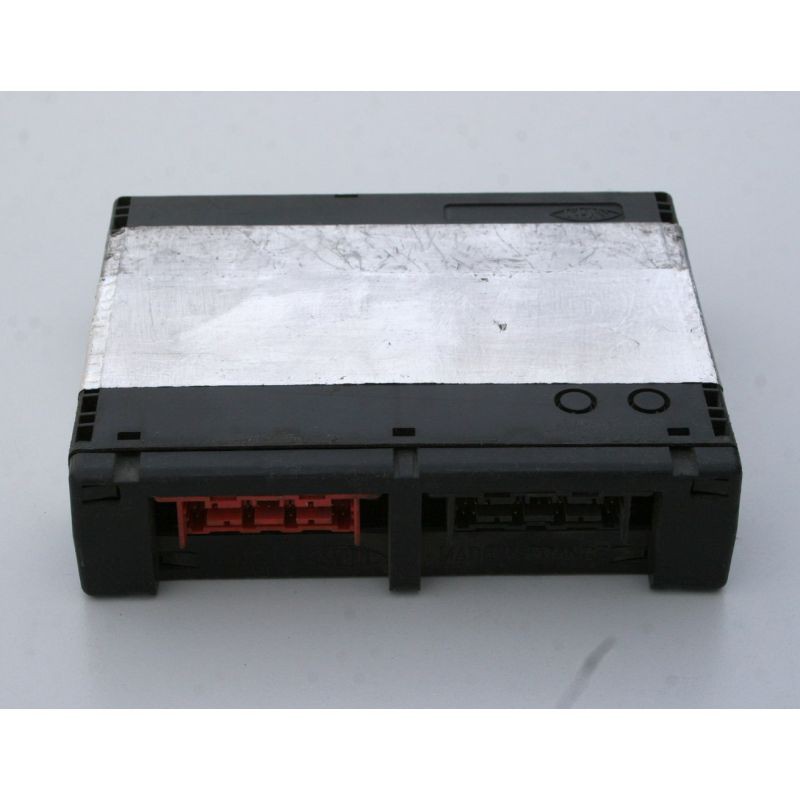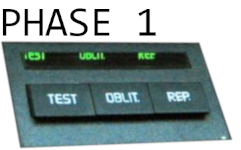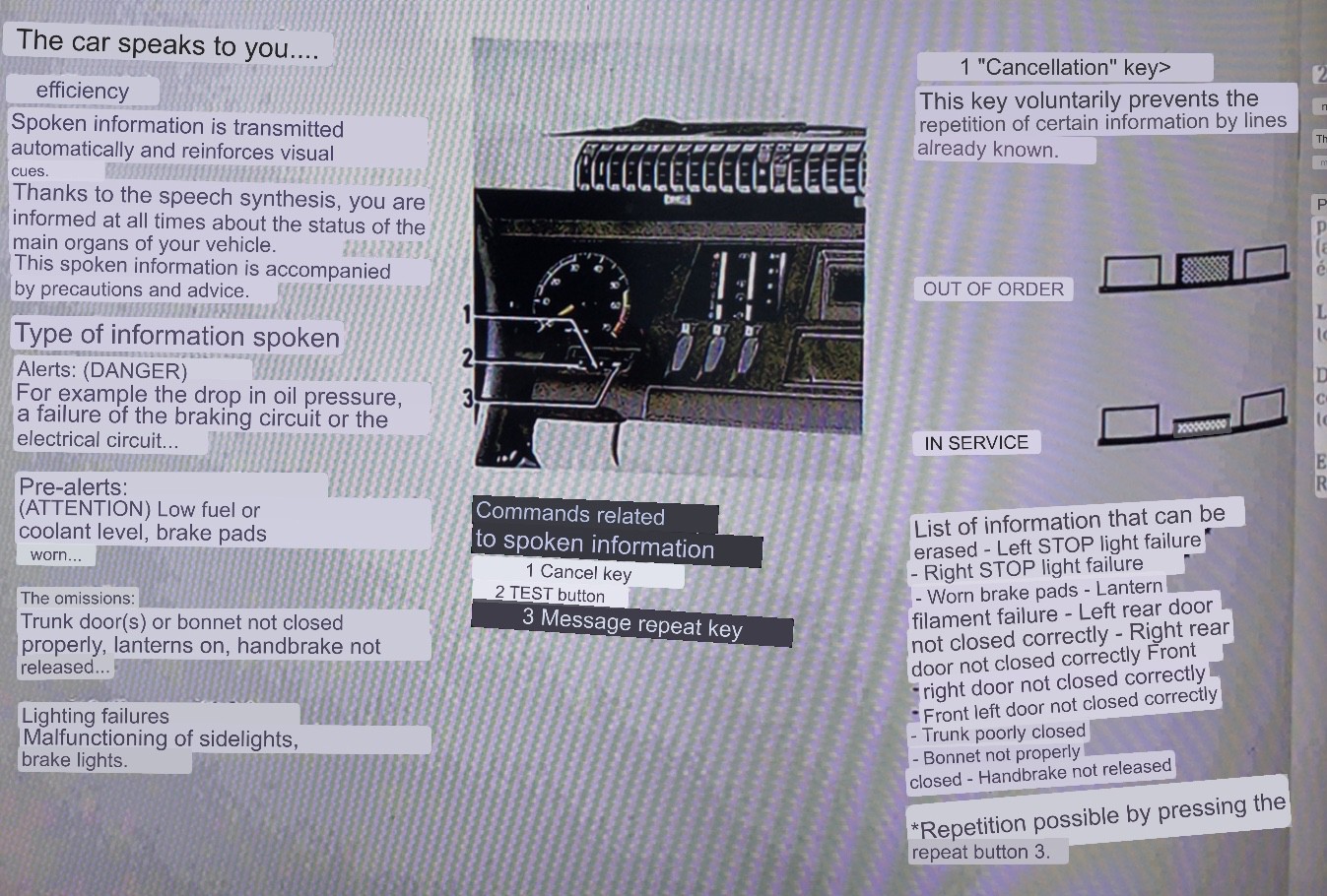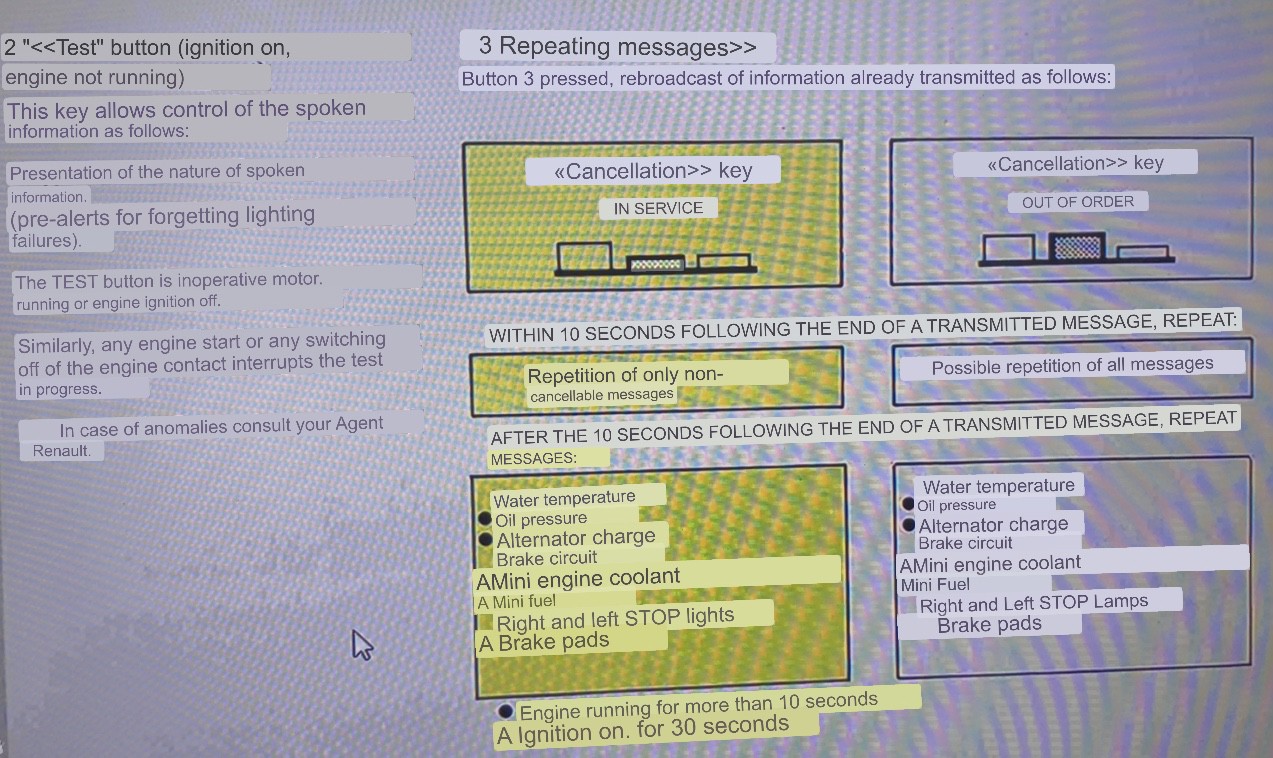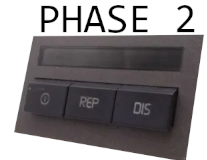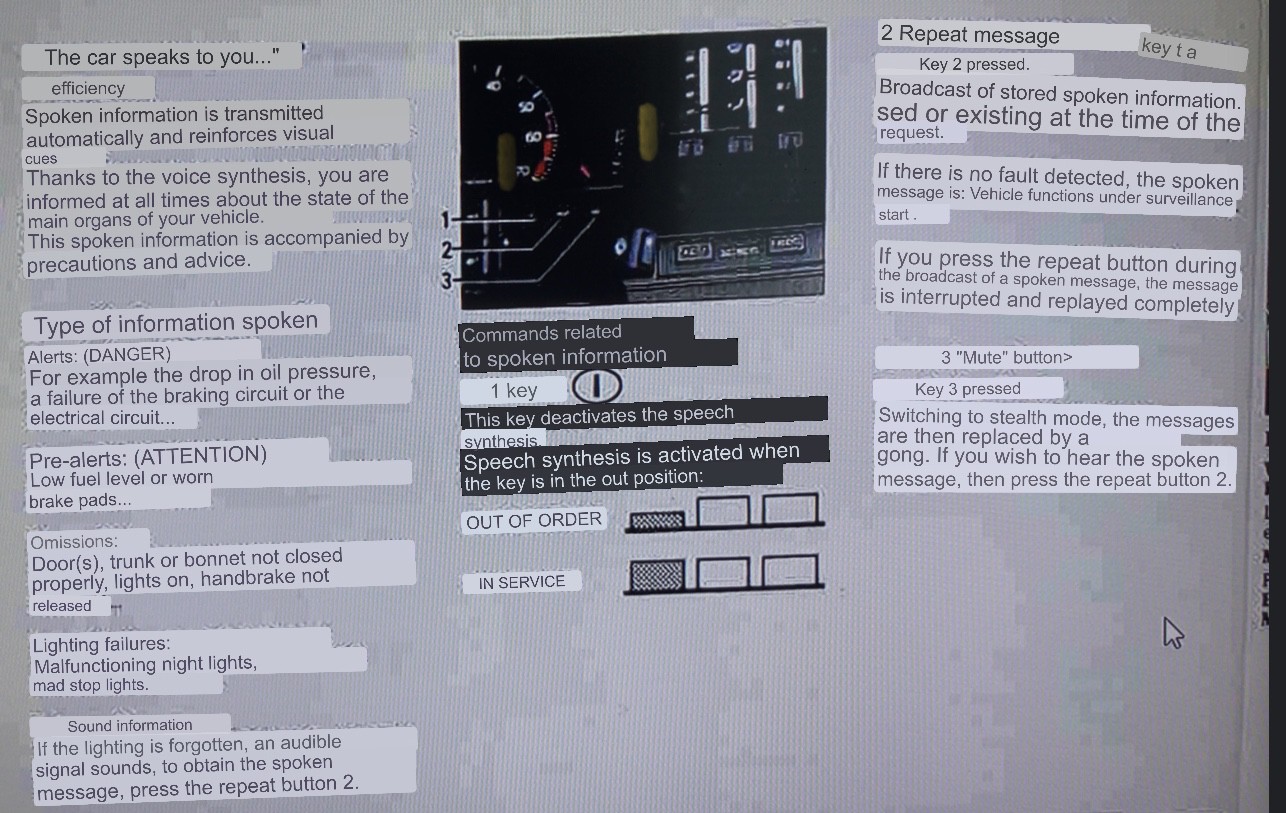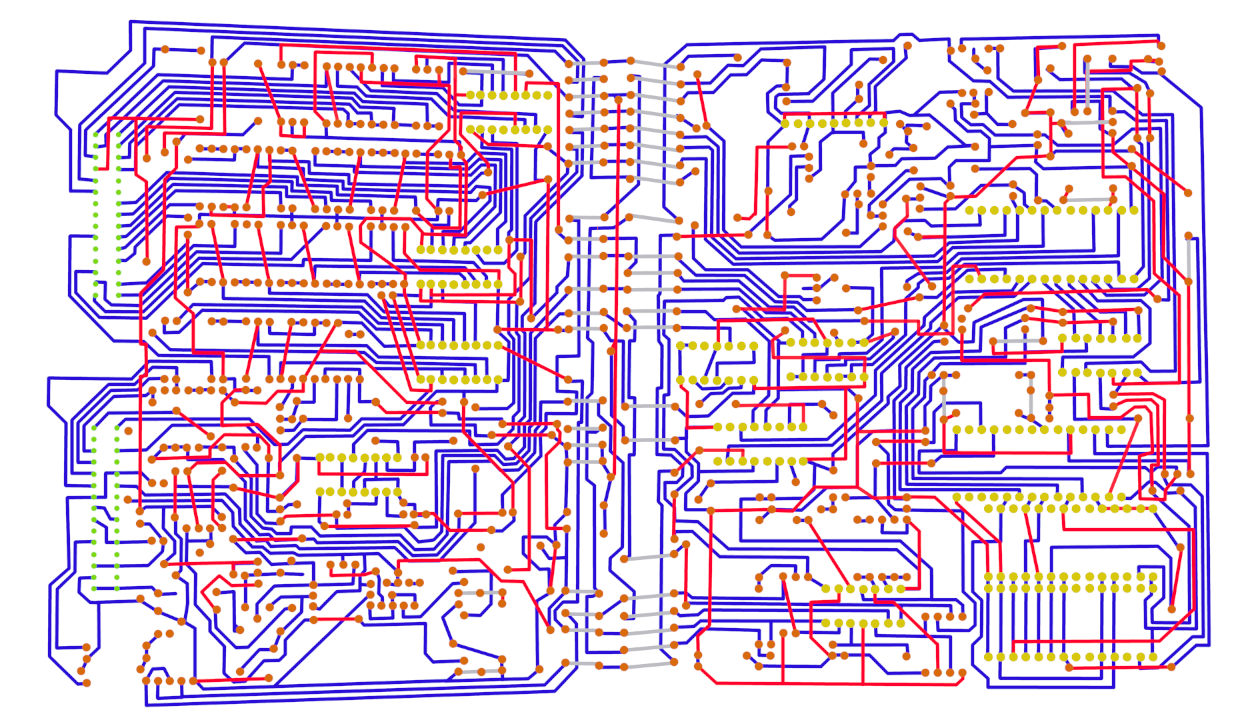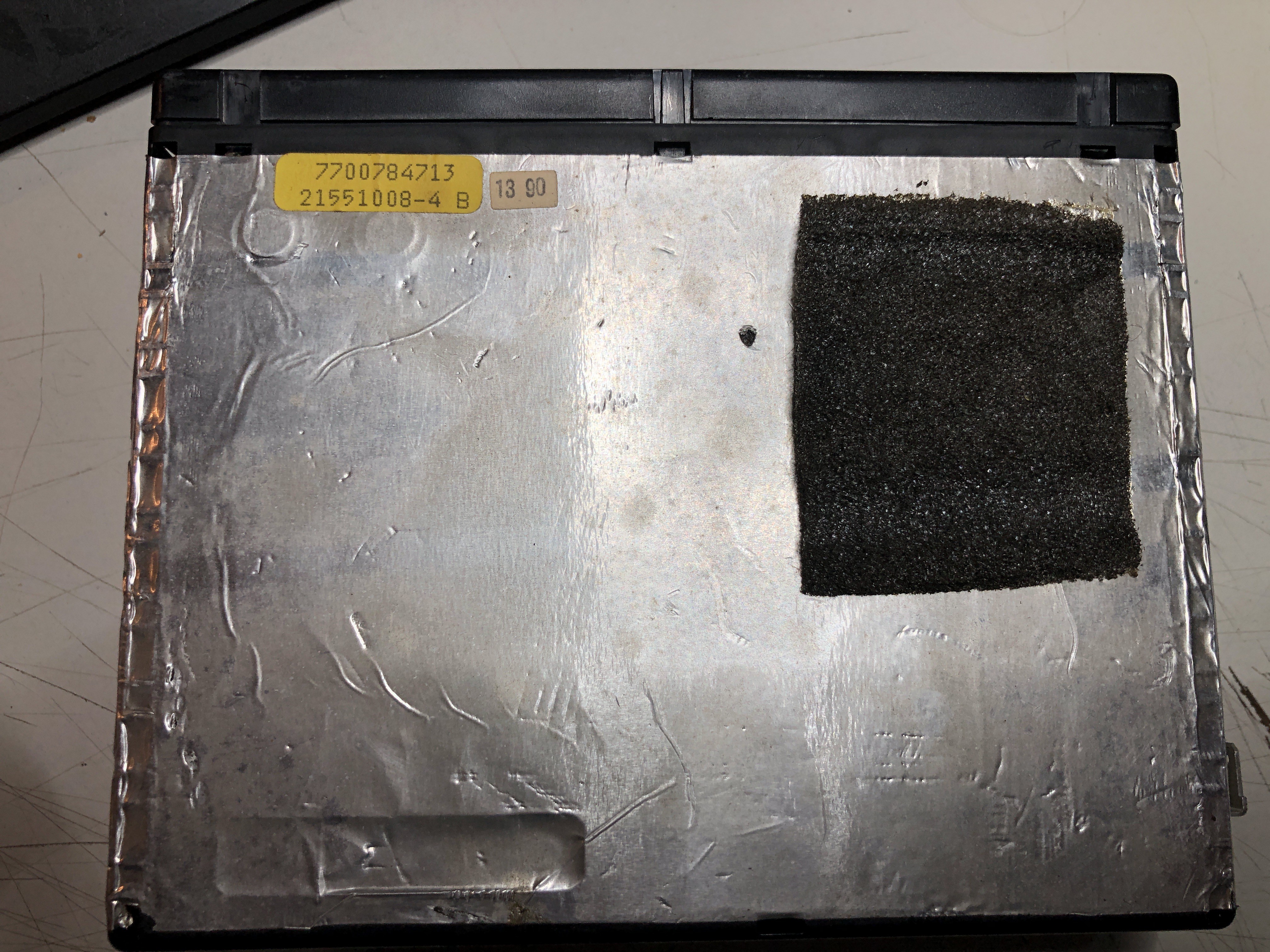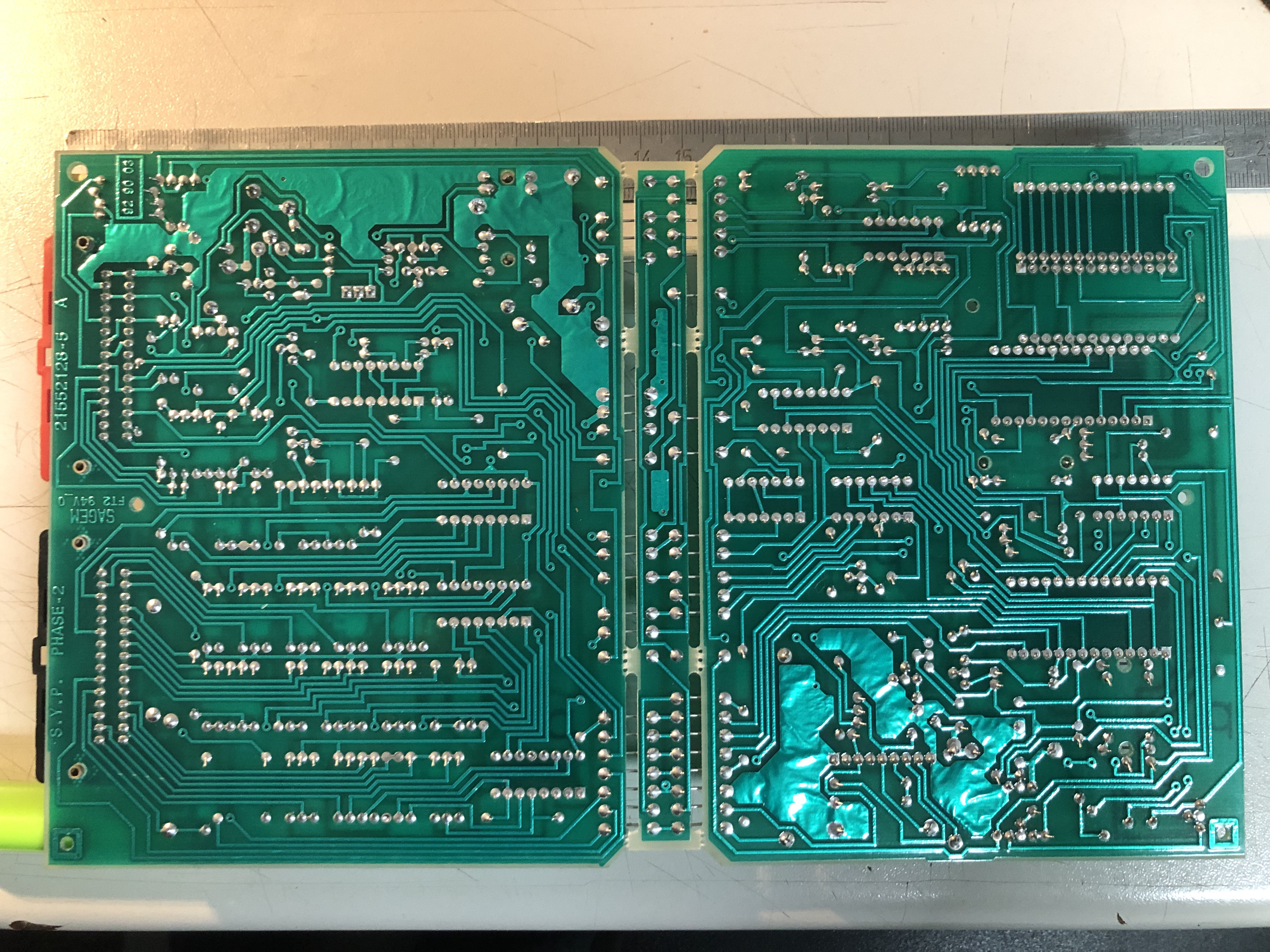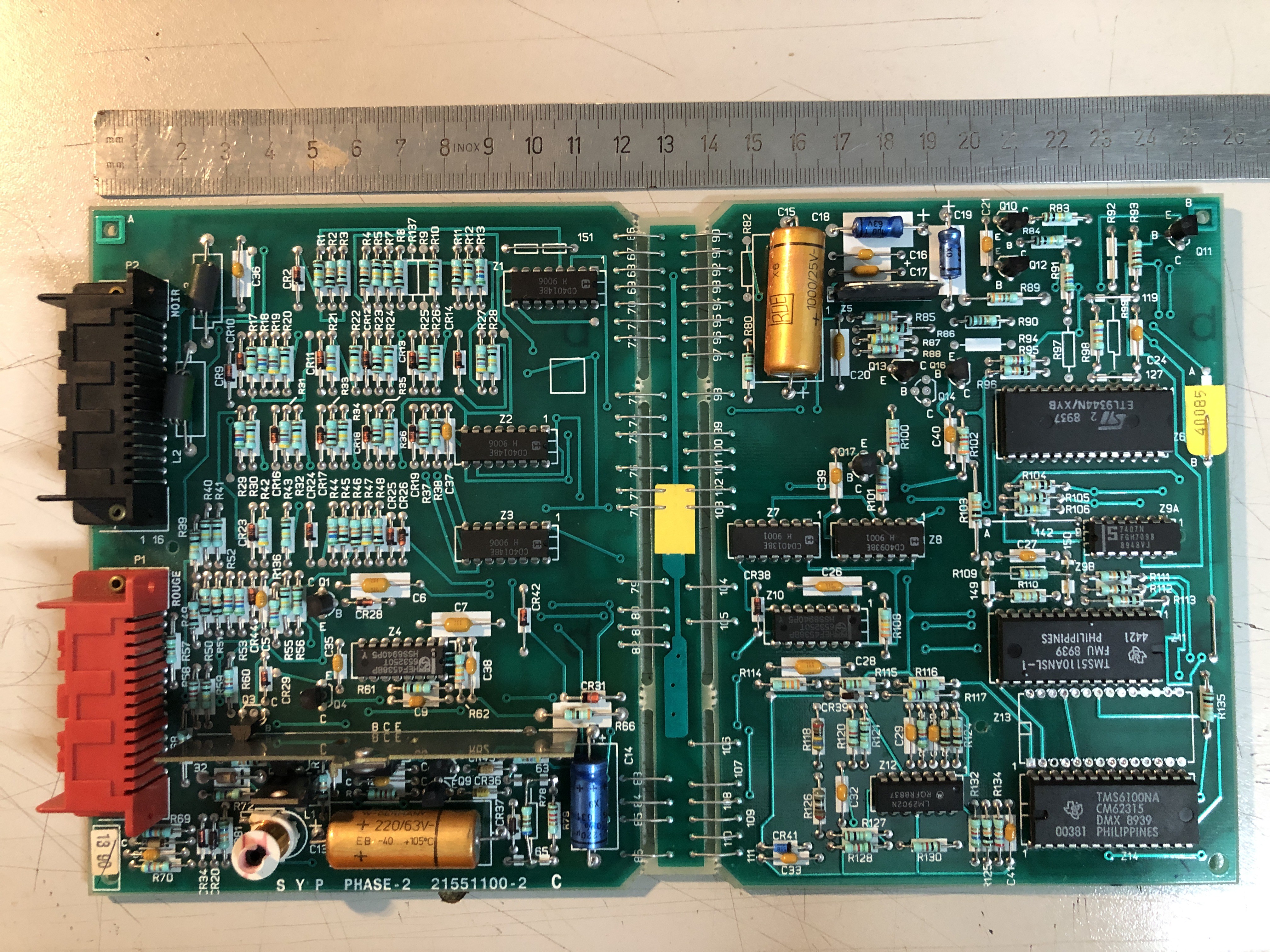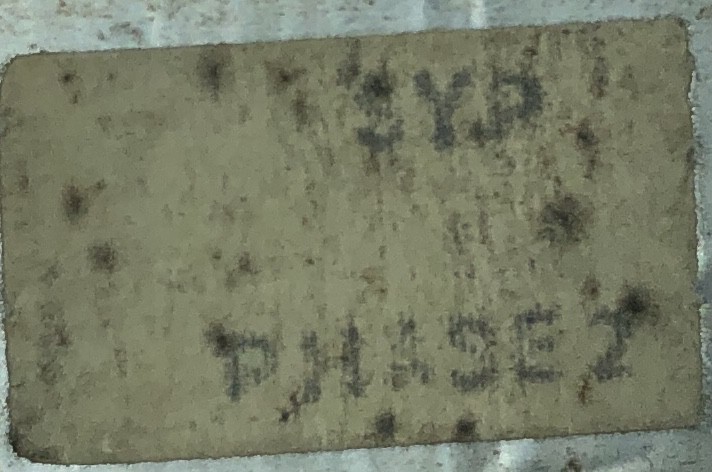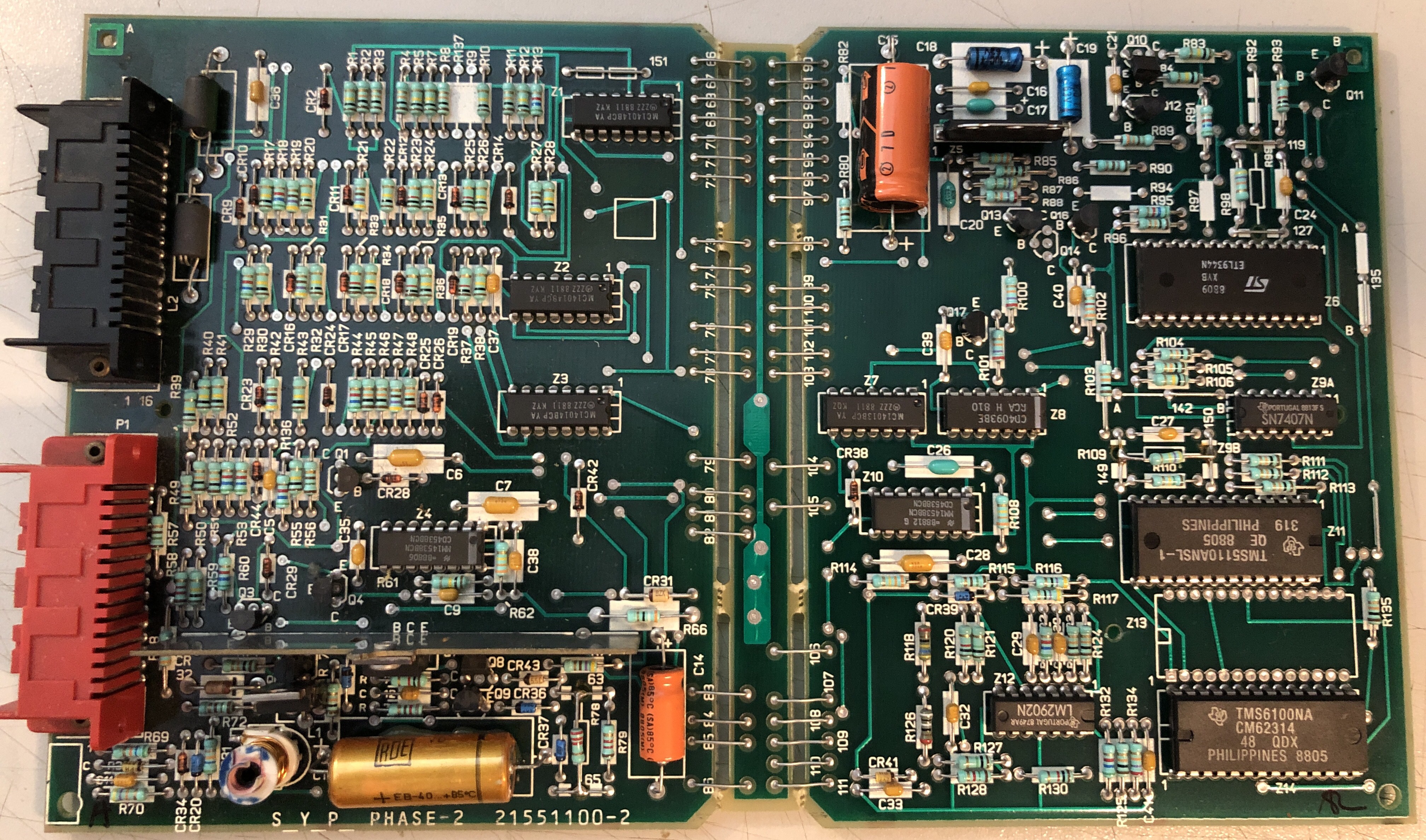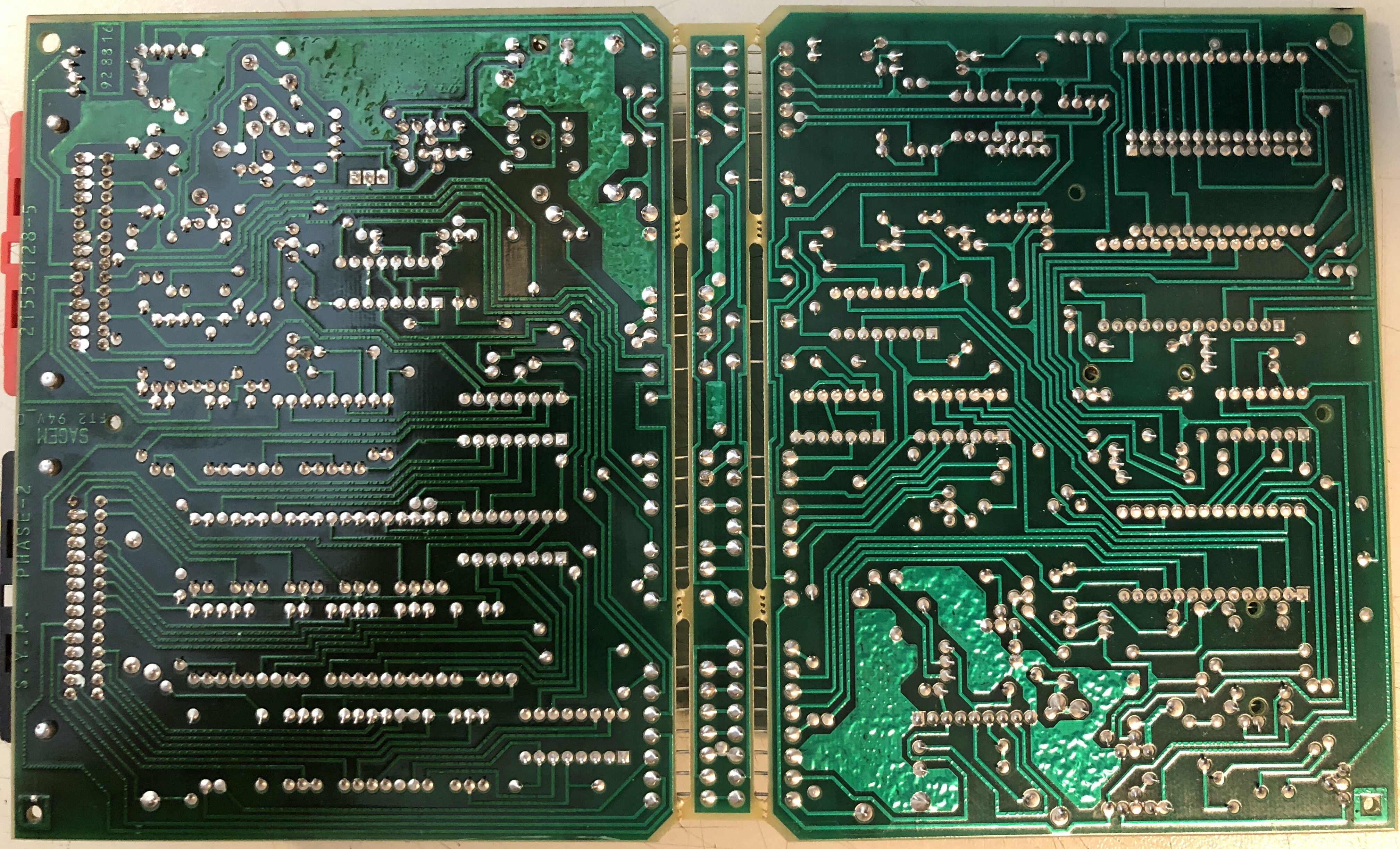-
Speech synthesizer investigations
07/17/2023 at 14:38 • 0 commentsChapter 0 : Bla...
For me it is really important to understand things. If i make, build or research something i try not just to take a already existing solution. I like to take my own notes, make my own thoughts and probably waste a lot of time doing things twice... BUT it will stay in my brain and create a base of knowledge to build on.
Writing about things helps a lot to sort the thoughts and decide wich informations are relevant to keep.
What you will find here is a collection of notes and thoughts that will help me understand as much as possible about the Texas Instruments speech synthesis found in Renault synthesizer boxes. My imaginary goal is to preserve the ROM data of the increasingly rare synthesizer boxes and maybe use the same type of speech synthesizer IC in a standalone application where a modern Microcontroller is used to control the speech synthesizer AND simulate a ROM to the synthesizer. I know there is already a full emulator of the Texas Instruments Speech... But wouldnt it be nice to use a piece of real 1980s electronics?
Chapter 1: Used Hardware
The Speech Synthesizer used in the boxes is a Texas Instruments TMS5110A (Datasheet of TMS5100 wich is pin compatible) in combination with a special ROM called TMS6100(Datasheet). This ROM is a very special part. It has its own very strange way of communicating to the speech synthesizer. Lets start with a look at the PINOUT of both IC´s. I wanted to see the IC´s directly next to each other and so i made this handy little picture:
![]()
At the first look you will probably ask yourself why the ROM has so many unused (NC) PIN´s (marked in GREY). And the answer is: I don´t know... For me this looks like a waste of material. But there will be a reason... i guess... The reason is probably not to make connecting it more easy. The corrosponding PIN´s on the TMS5110 are in a totally different order so you always have to route your PCB traces in a strange way... All the 8 used PIN´s from TMS6100 are directly connected to TMS5110. I have marked all directly connected PIN´s used by the ROM GREEN.
Later we will see that they are "using" the unused pins to just route signals "through" them. It is important to know that the NC Pins on the ROM (and synth) are really NC inside the chip! If we want to replace the ROM with something else we have to make absolutely sure the NC PIN´s of our solution are really NC! Dont make the mistake like me and think "because a trace goes through that PIN it must be relevant for the circuit." Because its not.
If you are easyly distractable like i am here is some trivia for you: The ROM they used has a gigantic capacity of 16 kilobytes. This may sound like nothing today but back in 1983 when they made this thing it was quite a lot. Let´s compare it to the Atari 2600 wich was sold around the same time. The Atari had 128 BYTES of RAM and a whole Game was around 2-8 kilobytes. Commodore put gigantic 64 kilobytes of ram in the C64 and this was A LOT at that time. Commodore wanted to rival the Apple 2 wich had 4 - 64 kilobytes of ram at that time. You can see that the 16 kilobyte ROM was probably the most expensive part. And now to distract you even more lets watch half an hour of computer chronicles from 1983 about revolutinary storage devices like "Hard Disks" wich slowly started to shrink from compact car sizes down to shoe Box sizes...
The next thing we should talk about is the supply voltage(marked in RED and BLACK)... It would be too easy if they just used a regular voltage. So they decided to use 9 Volts NEGATIVE. 9V are not just pretty high for modern standards but also its negative. But lets not focus on that little detail... later its getting even harder...
Another pretty interesting detail are the TEST PIN´s (marked in BLUE). There are 4 dedicated PIN´s just for some kind of testing purpose. At the time of writing this i have no idea how to use them... if they even do something.
Lets explore all the PIN´s on real hardware to see the implementation.
![]()
Don´t worry... it looks more complicated than it is. Our main focus is the bottom right corner.
![]()
On the bottom right you see "Z14" and "Z13". Z14 is populated with our TMS6100 ROM. Z13 could be populated with another ROM but is left empty from the factory. "Z11" is the speech synthesizer TMS5110A. Both ROM sockets are wired in parallel to the synthesizer, like we have seen on the pinout of the chips. If you scroll up to the traced version of this picture you may notice that the CS (Chip Select) pins of both roms are not wired in parallel to the TMS5110. Texas Instruments had intended to give each chip its own ID. So all roms could be wired in parallel. Each ROM would be only accessable if the right ID is sent. But here the Microcontroller "Z6" on the upper right side is generating the Chip Select signal. One Pin of the Microcontroller (PIN 28) is either HIGH or LOW and drives a transistor wich selects either ROM to use.
WORK IN PROGRESS!!
private notes:
write about cs...
write about unused pins...
write about microcontroller connection.
write about clock generators
write about voltages.
---
next: protocols / communication
-
Early Part
07/17/2023 at 03:20 • 0 commentsEDIT 3 months later: I never recieved the part.
I think i have just ordered a very rare version of the synthesizer. But i will finally know what it is when it arrives.
Renault Nr: 7700750509 | Sagem Nr: 21527103 - 00 is the item i have bought. This should be the very first version of the box from a <=1984 Renault 11 in german.
![]()
![]()
No grounding tab on the side and less used metal foil indicate a very early revision. I really hope this will be the single sided PCB version and a early ROM.
The last box i bought was advertised as a french Phase1 box and i got a french Phase2 box. Its ok because i didnt have a french Phase2 box, but you will never really know what will arrive...
-
Proper wiring diagrams and documentation
07/06/2023 at 02:49 • 0 commentsThere is basically no proper information about wiring and using these boxes online in english. The wiring diagrams from Renault are either unusable (they use the color of the connectors in the car to identify them... If you just have the control unit without the car you cant follow the diagrams...) or just wrong (They tried to fix the colored connector problem in later wiring diagrams BUT numbered the connectors wrong).
Lets fix all of that.
- First let us understand how to use the synthesizer box.
There are 2 versions of controls for the system. I have auto translated the general function description for both versions. Its not perfect but it tells us everything we need to know about the function of the buttons.
Phase 1 controls (1984-1988):
![]()
![]()
![]()
Phase 2 controls (1989-1992):
![]()
![]()
Work in Progress........
-
IT LIVES!!!
07/03/2023 at 22:35 • 0 commentsAfter i discovered the pinout from renault is wrong, i measured the right pins and now it works!!!
I already mentioned that the german version of the synth has a french accent... BUT they even totally invented new words that do not exist in german!!
You can either say "Bremsbeläge" or "Bremsbacken" for "brakepads" ... but "Bremsplaketten" is not even a word :D ...
If you put (german) "Bremsbeläge" into a translator to french you will get "les plaquettes de frein". (french) "plaquette" directly translates to (german) "Plakette". Now it makes sense why they used "Bremsplaketten" ... its not right... but it at least makes sense now... French is an interesting language.
-
TMS6100 dumping advice needed
07/01/2023 at 23:53 • 1 commentI struggle a little bit to find a solution to read the Phrase Roms of the speech synthesizers.
Is it that complicated that no solution exists that is openly available?
Or do i just dont know the magic words to feed to the search engine?
Datasheets are no problem. And i can even find discussions where people have dumped those roms. The informations i got are mainly from some TI99/A forums where people discuss to retrofit speech synthesis to their home computers. I even found ROM emulators and crazy things like that. But the TI99 dudes use the TI99 to dump the roms. Thats no option for me because i dont have such a computer and i dont know anybody with a TI99.
I found another project wich was even featured here on Hackaday... But the maker behind that seems not to give out any significant information depending the inner workings of his solution... Wich made me a little bit sad... I can of course be totally wrong and just have not searched right... But im sad anyway...
If you have any information for me please let me know. I will try to make a solution that everybody can use to dump those roms.
Thanks.
----------
If anybody is interested in more information about the TMS5110 speech synthesizer... i found some hints to patents wich include the inner workings of the tms51XX. the datasheet for the tms5110 seems to be super rare.
-
I did the right thing...
07/01/2023 at 19:05 • 0 commentsIf you are a little bit crazy you get a new thing and instead of turning it on and testing it you take it apart and reverse engineer the whole circuit board.
In my world that totally makes sense. Hours of work just to see the circuit... why not...
![]()
Thats my first rough trace of the boards made in GIMP... Of course i use the totally wrong tool for the job as long as it is free ... Wouldnt it be cool to be abled to reproduce the boards? Probably not... but i will try to do it anyway...
-
Why does my car have an accent???
07/01/2023 at 18:30 • 0 commentsResearching the Renault voice synthesizers box i listend to A LOT of recordings of said boxes.
My native language is german. Listening to recorings of the german version of the synthesizers i noticed that the voice has an accent. I am still amazed that an american product can speak german with a very slight french accent. Thats crazy.
Here is an example video where you can hear the german voice:
For non native speakers the differences from a slight accent will be probably not noticable (i think). I asked some german friends and they also hear the accent... so im not crazy :D ... Thats at least something...
I am a car guy. I love the electronics in cars. As long as i can remember i have watched car content on tv. And i remembered a old german car TV show with a moderator called "Paul Frère". An experienced race driver and an icon on car television at the time. A well remembered person that can be "trusted". Here is an example video. He starts Talking around 40 seconds into the video.
The accent of Paul sounds quite a lot like the accent of renaults cars.
Probably i will never know if Renault has made a digital version of Paul. Thats 40 years ago and i have basically no hope to ever speak to somebody that knows it. I dont even know who is responsible for the Voice. Sagem (maker of the box), Texas instruments (maker of the voice synth) or Renault (maker of the car) ...
If you have any informations about this please let us know. I would love to find out more about this exremely specific detail from an nearly forgotten time...
-
Hardware and Partnumbers PHASE 2
06/30/2023 at 22:00 • 0 commentsUsed in Renault 25 | 1989 - 1992
7700784713 | 21551008-4 B | German Phase 2 | 13 Week of 1990 | ROM: TMS6100 / CM62315 / 39 Week of 1989![]()
![]()
![]()
The letter "C" below the blue large capacitor on the left board seems to indicate the revision of the board.
7700784711 | 21551006-3 B | French Phase 2 | early 1989 | ROM: TMS6100 / CM62314 / 5 Week of 1988
Some of the documentation from Renault says that a sticker will indicate if the box is a Phase 1 or Phase 2 part. This was only done on early versions of Phase 2 parts shorly after Phase 1 ended. The box i got has this "SYP PHASE 2" sticker. Its nice to confirm they actually exist...
![]()
![]()
![]()
This version seems to be a "Revision A" type. The via´s are still solder filled and the soldermask is darker. The ROM used is "CM62314". This confirms that Phase 2 boxes have different roms to Phase 1 boxes AND each language has its own ROM. That are 10 different ROMS just for the Renault 25...
-
Videos of speaking Renaults (1st gen synthesizer)
06/29/2023 at 20:44 • 0 commentsEnglish:
French:
This video shows a very rare presentation model for dealers. Only the first 200 cars were made with this type of extremely long voice output (according to the comments below the video). Until now i know nothing about this version... Do i have the part numbers? Do they even have part numbers? Is this the version where they used the second ROM that could be placed on the circuit board? How are the roms called? So many questions...
German:
Spanish:
Finding the hidden Speak & Spell in a Renault 25
Renault was sneaky and put it into a small box... Lets find out more about that...
 BaumInventions
BaumInventions